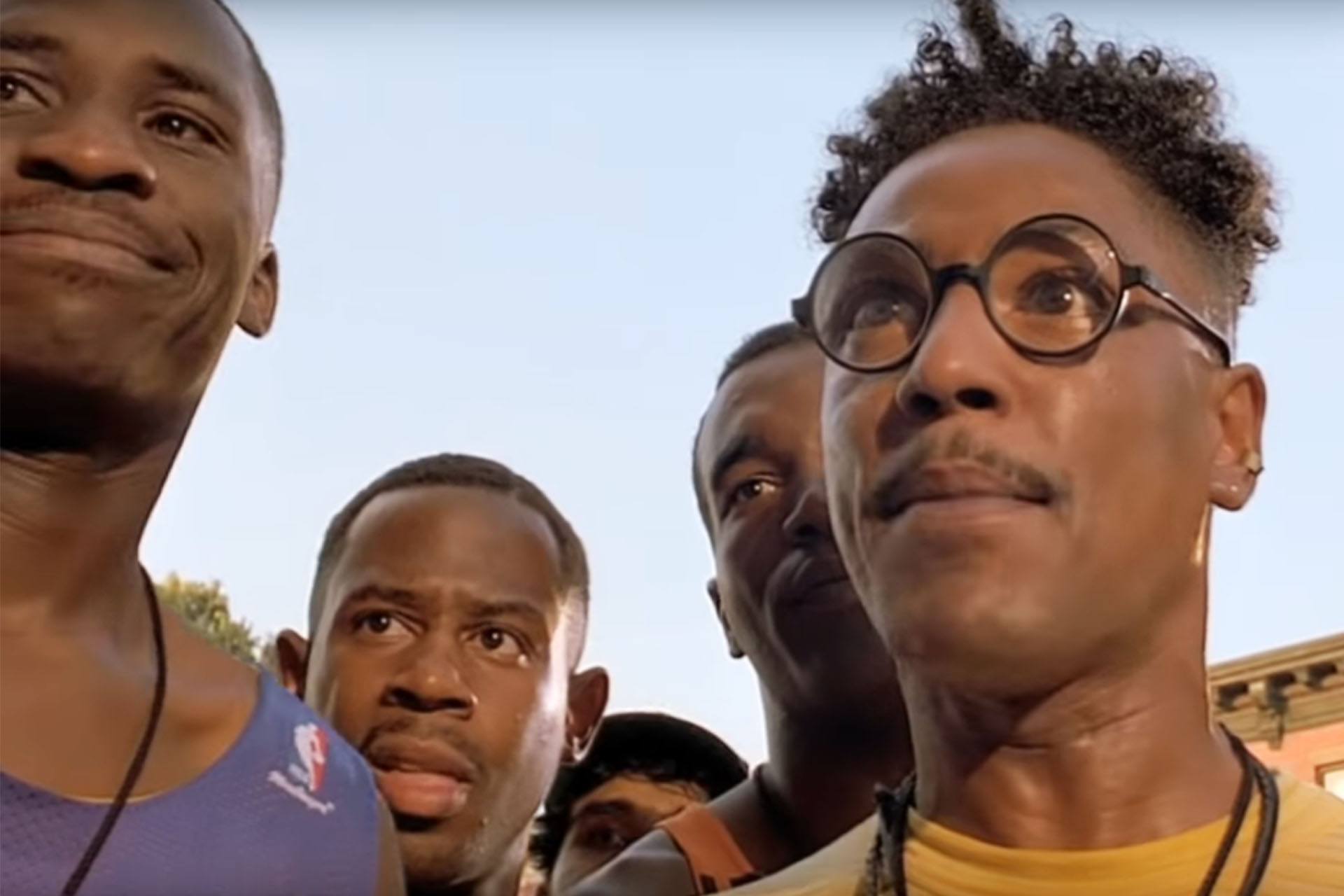Media Studies student, Isabel Gregory, reviews Spike Lee’s iconic film, ‘Do the Right Thing’ following attending a screening during the second year of her course, as part of the Media and Taste module.
By Isabel Gregory
In the second year of my Media Studies course, my classmates and I attended a screening of Spike Lee’s iconic film, Do The Right Thing, for our Media and Taste module. Spike Lee is a renowned legend among film fanatics and regular movie-goers for his skilled directing techniques. However, as a Media Studies student, Lee’s unapologetically political film left me with a deeper insight into the discrimination that diverse ethnic communities face. The film takes place on the hottest day of the year in a lower-class neighbourhood in Brooklyn, New York. It centres around social class and racial divide through the moral decisions of each character. Without spoiling the plot for those who are yet to see it, I must admit that the final scene is the most impressive part of the film. Despite being 32 years old, the social commentary on race and class divide is more relevant than ever.
First, it is worth discussing Lee’s more noticeable talent regarding his script and chosen actors. Lee established the characters and message for the film very early on in the production process. With all ideas in mind, he wrote his first draft of the film script in 15 days (Lee, 1989). His vision for the characters and their attributes were clear from the beginning, resulting in an authentic range of characters that audiences find relatable; Lee includes African Americans, Latinos and Koreans in his film to show how diverse the neighbourhood is. As the movie progresses, the atmosphere grows tenser with each character interaction. His cinematographer Ernest Dickerson and production designer Wynn Thomas help Lee emphasise this tension through different film techniques. They demonstrate this hot weather through colour schemes, costumes and equipment. For example, Thomas removed all the cool colours from the set and highlighted warmer colours in post-production. The characters are all donned in summer clothes and covered in sweat. Dickerson also used heaters under the cameras to create heat waves in the shots. These subtle features affect the lead-up to the story’s climax and demonstrate how a director uses characters and camerawork to affect an audience.
After some research, I found that Lee’s inspiration for the film came from the Howard Beach incident in 1986, which was the second of three racially motivated murders by white mobs. Michael Griffith, a 23-year-old African American, was killed by an oncoming car after being beaten up and chased out of an Italian pizzeria (Scott and Dargis, 2020). With an upbringing in Brooklyn himself, Lee decided to create a film that accurately represented this world. Sal, the Italian owner of the local Pizzeria and Radio Raheem, the African American gentle giant, are two characters that demonstrate a parallel to these real-life events. Additionally, the two white policemen and one white neighbour represent the gentrification of the neighbourhood. Many scholars have debated Lee’s representation of racism in this film, but film reviewer Roger Ebert thinks otherwise. “Some of the advance articles about this movie have suggested that it is an incitement to racial violence. Those articles say more about their authors than about the movie. I believe that any good-hearted person, white or black, will come out of this movie with sympathy for all of the characters”. Likewise, I believe Lee’s Do The Right Thing allows audiences to observe unjust actions within society.
You can follow Isabel on Instagram to see her digital illustration work @indomiequeen.
References:
Lee, S and Jones, L. (1989). A Companion Volume to the Universal Pictures film Do The Write Thing. New York: Simon & Schuster. pp 72. Available from: https://books.google.com.au/books?id=WyMoc4YZKl8C&lpg=PA72&dq=Do%20The%20Right%20Thing%20first%20draft&pg=PA72#v=onepage&q=Do%20The%20Right%20Thing%20first%20draft&f=false [Accessed 7 April 2021].
Scott, A., O. and Dargis, M. (2020). The New York Times: Why ‘Do the Right Thing’ Is Still a Great Movie. Available from: https://www.nytimes.com/2020/05/05/movies/do-the-right-thing-spike-lee.html [Accessed 7 April 2021].
Ebert, R. (1989). Roger Ebert: Do The Right Thing. [Online]. Available from: https://www.rogerebert.com/reviews/do-the-right-thing-1989 [Accessed 7 April 2021].

